Precisely 100 years earlier, in 1924, the Summer Olympic Games was likewise hosted by Paris, much like this year. Remarkably, 1924 was likewise the year when the very first Olympic Village (unofficially though) entered being.
Listen to Story

The Olympic Games as we understand it today, goes back to Athens 1896. Ancient Greece had its own set of spiritual celebrations held in honour of Zeus, the Greek god, where professional athletes contended for their particular city-state. These ancient Olympic Games return 2,800 years. The very first ancient Olympics occurred in 776 BC. These video games occurred as soon as every 4 years, and the Olympiad, or these 4 years, ended up being a system of determining time in ancient Greece.
The Olympic Games owe their name to Mount Olympus, where the Greek gods lived. The ancient Games occurred for about 4 hundred years before coming to a stop, perhaps due to the fire that burnt down the Temple of Olympian Zeus.
In 1896, Athens played host to the very first modern-day Olympic Games. In 1924, the Olympics pertained to Paris. It was likewise the very first time that an Olympic town originated, albeit a momentary one.
Now, a century later on, Olympic towns have actually ended up being an inseparable part of the Games. Host nations leave no stone unturned in developing advanced towns for completing professional athletes. Have you ever questioned what occurs to these towns once the Games come to an end?
We have a look at the hundred-year history of the Olympic Games towns and their fate afterwards.

Pierre de Coubertin, co-founder of the International Olympic Committee (IOC), conceptualised the inaugural Olympic Village for the 1924 Summer Games in Paris. This was the very first time purpose-built residences were created to accommodate professional athletes, using them a location to remain and offering bed linen and meals. Before this center was offered (in between 1896 and 1920), professional athletes needed to discover accommodations in hotels, hostels, schools, barracks, and often even the boats that they took a trip in to reach the host nation.

The Olympic Village is a specifically developed lodging complex for professional athletes, coaches, and authorities taking part in the Olympic Games. This is normally built near the Olympic Stadium within an Olympic Park. The Olympic Village offers a range of features, consisting of real estate, dining, medical services, and leisure centers.
These towns have actually seen an advancement from when they began developing them, so that they can be repurposed after the two-week occasion.
These structures began being changed into apartment or condos or real estate complexes. They are likewise repurposed as dorm rooms for universities or trainee real estate and in some cases transformed into hotels or vacation leasings.

Paris 1924: For the Paris Summer Olympics in 1924, numerous cabins were developed near the arena (Stade de Colombes) to house checking out professional athletes; the complex was called ‘ Olympic Village .
The supplied wood huts in the Village were created to accommodate 3 individuals. Shared facilities consisted of a post workplace, currency exchange, baggage workplace, telegraph and telephone services, a laundry, a paper kiosk, and a hair stylist.
The Village likewise included running water and dining halls that supplied 3 meals a day. Groups might schedule lodgings by making a minimum-guarantee payment, with basic everyday rates for bed and board.
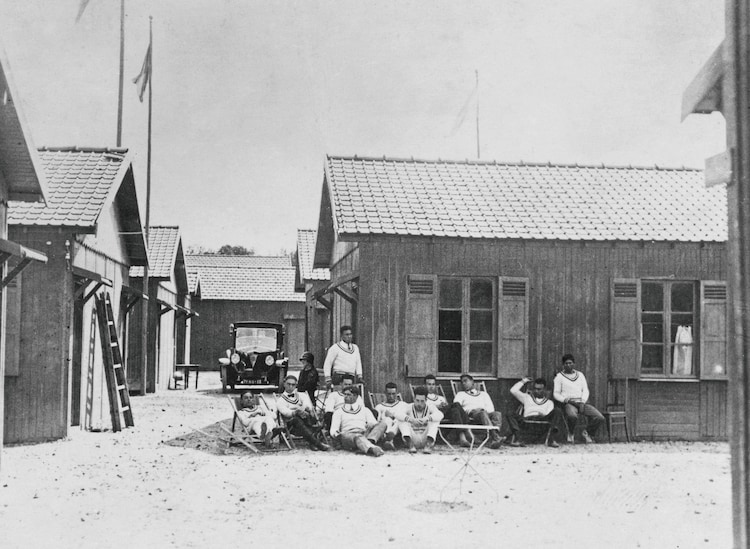
After the GamesThe initial Olympic Village was a momentary structure. The Stade de Colombes arena still stands today, now understood as Yves-du-Manoir (a rugby, track and association football arena called after French rugby gamer Yves du Manoir), the surrounding website where the Village as soon as stood has actually because been established.
Over the previous century, it has actually hosted around 250 nationwide and worldwide competitors, including a range of sports such as sports, rugby, football, and even boxing. The place held the World Championship in boxing in 1972, drawing a crowd of 40,000 viewers.
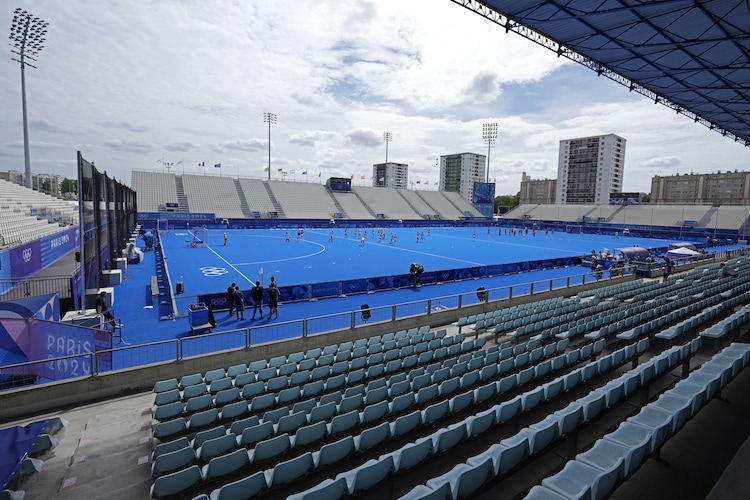
Amsterdam 1928: The organisers of Amsterdam 1928 intended to reproduce the idea of an Olympic Village, motivated by the previous Paris Games. They discovered it not practical to build ideal lodgings that fulfilled the professional athletes’ requirements at a sensible expense, according to Olympic news site Inside the Games.
As an outcome, no Olympic Village was constructed. Rather, lots of rivals were housed in schools, while others remained in hotels. The American group, in specific, remained on the President Roosevelt, which was anchored at the Amsterdam harbour.
The Indian hockey group controlled the 1928 Olympics, scoring 29 objectives without yielding any in 5 matches, to clinch their very first Olympic gold medal. The famous Dhyan Chand was a standout, netting 14 objectives, consisting of a hat-trick in the last versus the Netherlands. This success significant India’s very first Olympic medal in hockey and the start of an impressive run of 6 successive Olympic medals over 44 years.

Los Angeles 1932: For the very first time, an Olympic Village was built in Baldwin Hills particularly for male professional athletes. This Village consisted of a number of hundred structures, such as post and telegraph workplaces, an amphitheatre, a medical facility, a fire department, and a bank.
Female professional athletes, nevertheless, remained at the Chapman Park Hotel on Wilshire Boulevard. There had to do with 500 homes and each might accommodate 4 individuals.

After the GamesThe town was taken apart and the products were offered. Throughout those difficult financial times, the majority of the structures were destroyed and a few of the products were repurposed. Some purchasers took them away piece by piece to recycle them, frequently changing the product into shops, vacation homes, and even mountain huts.
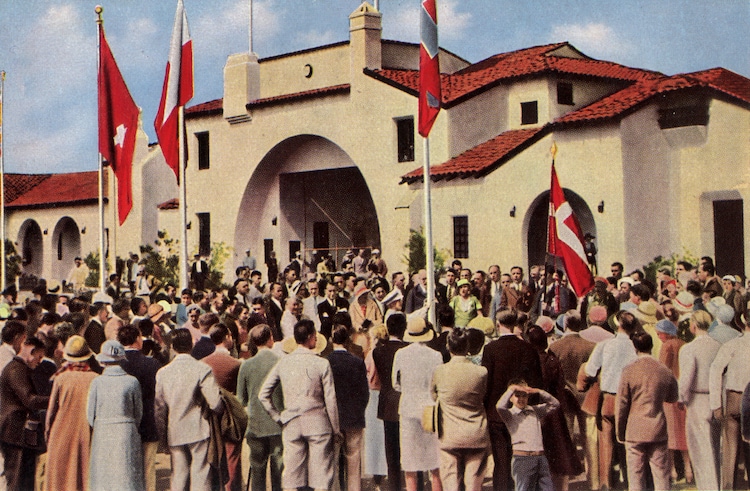
Berlin 1936: The Village was found at Elstal in Wustermark, on the western edge of Berlin in Germany. It was developed in between 1934 and 1936. This ended up being the very first irreversible Olympic Village and consisted of 140 homes, administrative and technical structures, 40 dining halls, a sauna, a post workplace, a bank, a medical centre, a dining establishment, stores, and a laundry.
The Village likewise included training centers like a pool, sports hall, and a 400-m running track. A common structure provided spiritual service spaces and an occasion area for as much as 1,000 individuals, where nighttime home entertainment was offered throughout the Games. A bus service linked the Village and carried professional athletes when required.
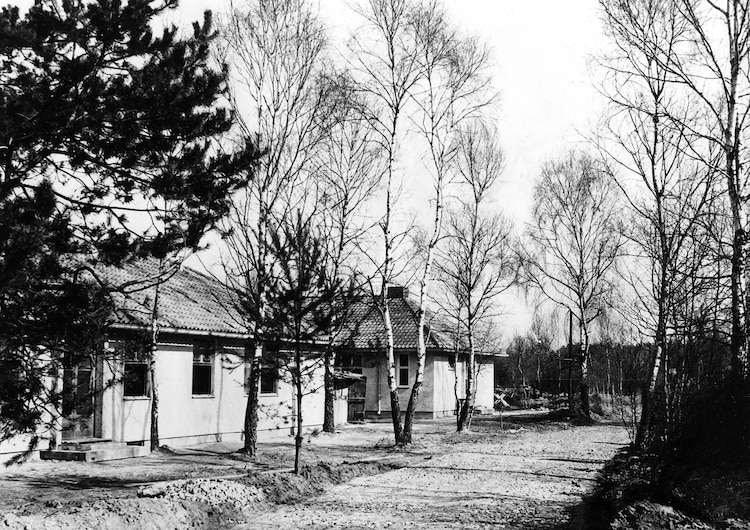
After the Games: According to Martin Kaule’s 2014 book, Peenem & frac14; ndeVom Raketenzentrum zur Denkmal-Landschaft, the Village served the German army from 1936 to 1945, then housed German refugees till 1949.
The Soviet army utilized it from 1947 to 1991. It was designated a historical monolith in 1993 and ended up being an outdoor museum in 2004.
The eventful history has actually caused some adjustments to the initial strategy. A great deal of the structures utilized to house the professional athletes lay deserted. The website has actually lastly ended up being intriguing to financiers due to the fast increase in worth of the Berlin genuine estate market over the last years, according to Getty.

London 1948: Following a 12-year hiatus due to World War II, the Olympic Games were kept in London in 1948. It was called as “Austerity Games”.
Due to post-World War II financial challenge and rationing, no brand-new locations were constructed. Occasions were mainly held at Wembley Stadium and the Empire Pool. Professional athletes were accommodated in existing real estate near the Wembley location, instead of in a devoted Olympic Village.

Helsinki 1952: The primary Village, built in the Käpylä district 2.5 km from the Olympic Stadium, consisted of short-term centers like additional restrooms and a dining establishment for the Games.
Close by, professional athletes had access to both outside and indoor training centers, a 30-bed health center, and a movie theater. Building and construction of the Village started in October 1950.

After the Games: As was prepared before the Games, the Village ended up being a house, which still stands there today.
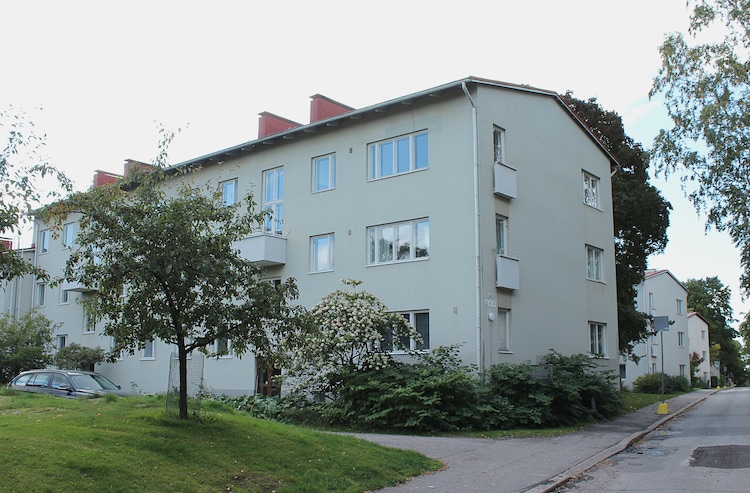
Melbourne 1956: The Australian federal government, through the Housing Commission of Victoria, moneyed the Village building and construction, planning to lease or offer the lodging after the Games. The arranging committee, utilizing public funds, developed short-lived annexes like dining spaces, kitchen areas, and storage centers.
The Village consisted of 365 structures, consisting of 841 real estate systems, for groups and personnel. Building and construction started in June 1954 and concluded in August 1956. The Heidelberg West location in Victoria, where professional athletes remained, is still called the “Olympic Village”.
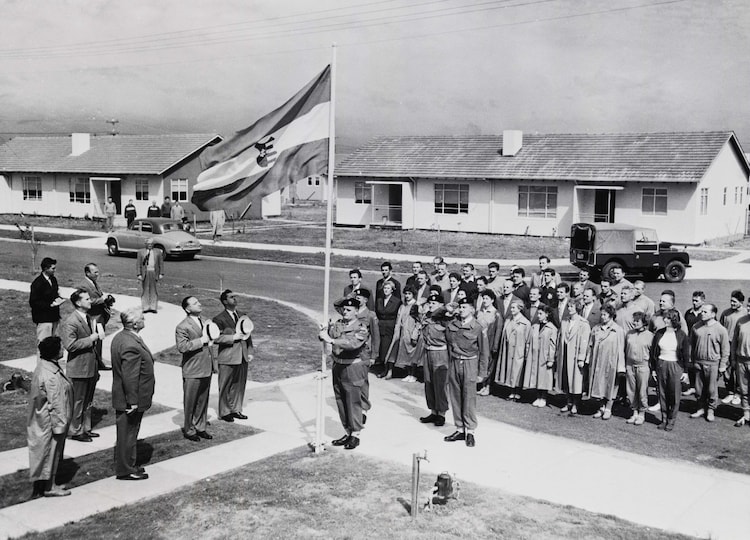
After the Games: The Village was changed into a house and went through a renewal program from 2005 to 2013, supported by regional authorities. A close-by training school ended up being the arena for regional football club Heidelberg United FC.
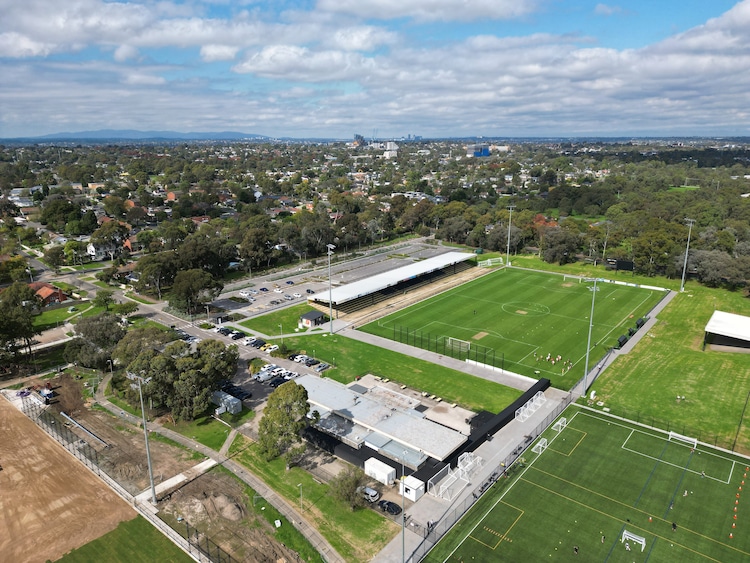
Rome 1960: The organisers utilized the Games to renovate a worn out Campo Parioli location, north of the city by the River Tiber. They intended to develop a modern-day, irreversible area that might be transformed into property real estate after the Games, attending to Rome’s real estate scarcity at that time. Building and construction started on May 10, 1958, and was finished in less than 2 years.
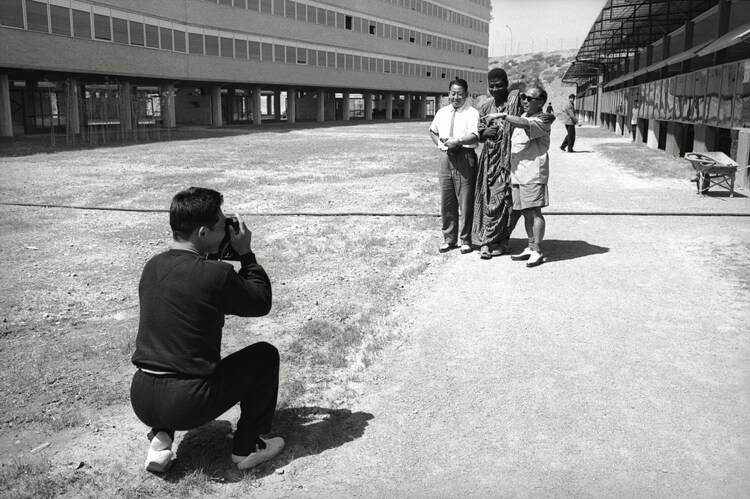
After the Games: As chosen, the Village was developed into a suburb which still exists.
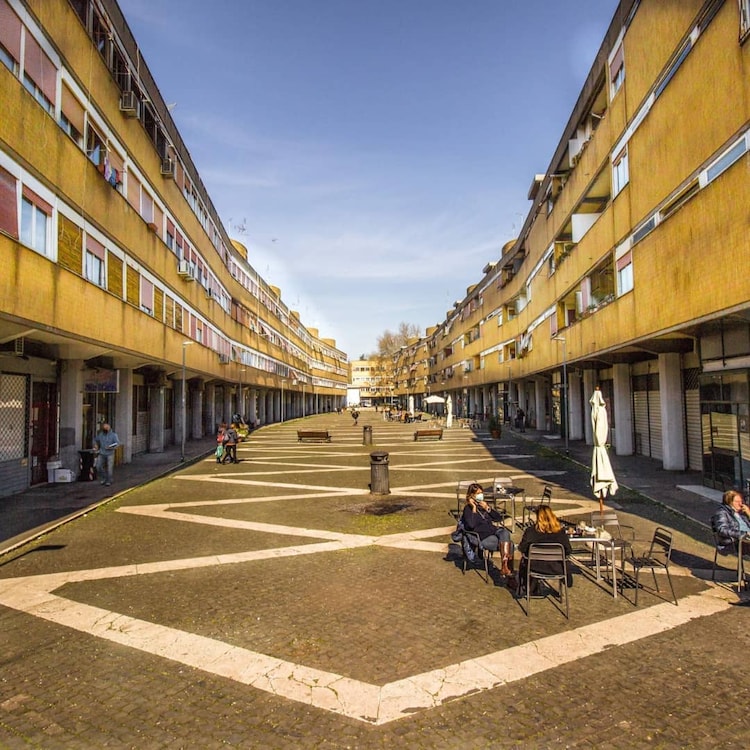
Tokyo 1964The primary Olympic Village was found in Shibuya, Tokyo, which was then referred to as Washington Heights. The website, formerly real estate American military workers and their households, was gone back to Japan at the end of 1963. To develop the Olympic Village, existing structures were repurposed and customized, with extra centers built.
Organisers prepared for 2 extra lodging websites in Karuizawa and Oiso. Long travel times in between these places and the primary Village at Yoyogi (Shibuya) led to the development of 2 more towns at Hachioji and Lake Sagami.

After the Games: The primary Village was destroyed to develop Yoyogi Park. According to the Tokyo Metropolitan Park Association, just one home stays for celebratory functions, the one which likely housed the Dutch professional athletes.
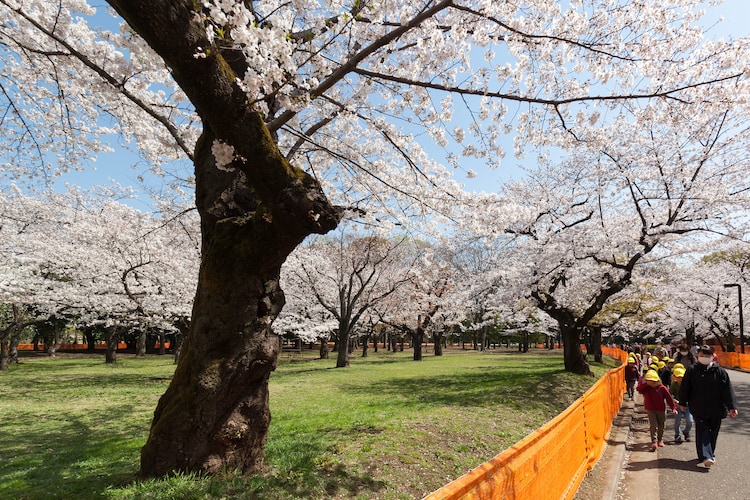
Mexico 1968The Miguel Hidalgo Olympic Village was constructed on the rural southern edge of Mexico City, around 4 kilometres from the Olympic Stadium. Building and construction started in May 1967 and was finished by September 1968.
The Village was formally opened on September 17, quickly after the very first residents showed up, in an event participated in by the then-Mexican President Gustavo D az Ordaz.

After the Games: The Village was transformed into a suburb, and its sports centre has actually become among the biggest in the southern part of the city.

Munich 1972: The Olympic Village was built a couple of hundred meters from the Olympic Park on the Oberwiesenfeld website, previously an aerodrome, in the north of Munich. Organisers prepared its post-Games conversion by utilizing 2 structure typestwo-storey “ cottage studios for trainees and approximately 20-storey structures with terraced apartment or condos for sale.
Building occurred from September 1969 to July 1972. The Village was divided into 3 zonesthe males’ s Village in the terraced blocks, the females s Village mainly in the studios, and a main zone.
This turned out to be one of the most mournful occasions in history due to an awful captive circumstance. 8 Palestinian terrorists from the group Black September penetrated the Olympic Village and took eleven Israeli professional athletes captive. Regardless of rescue efforts, all eleven captives, one German policemans, and 5 of the terrorists were eliminated.

After the Games: The Village was transformed into a suburb. The “cottage” studios, initially utilized for female professional athletes, now work as trainee lodging.
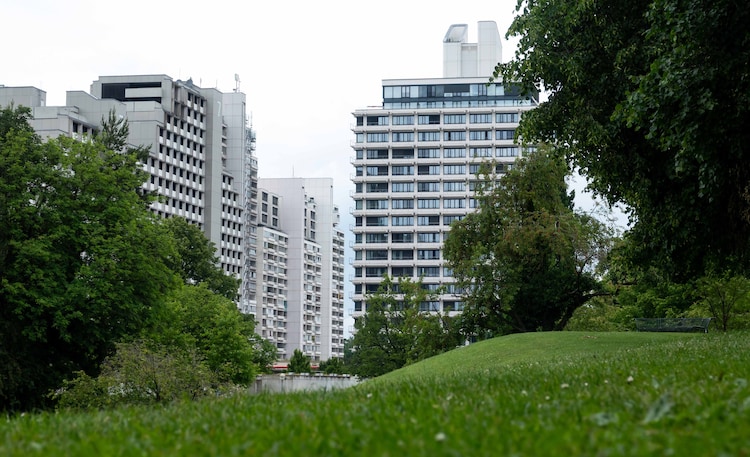
Montreal 1976The Olympic Village was positioned 800 meters northwest of the Olympic Stadium in eastern Montreal. Among the 4 semi-pyramids real estate the professional athletes was booked for ladies. These pyramids acted as an architectural barrier in between a big park for the professional athletes and the dynamic Rue Sherbrooke and Olympic Park.
Together with the irreversible Village, organisers built short-lived lunchrooms and workplaces throughout of the Games.

After the Games: As was prepared, the irreversible town was changed into a real estate society which exists even today.
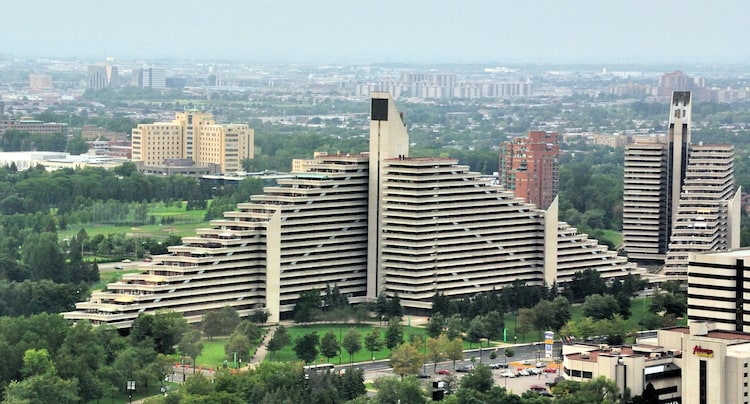
Moscow 1980: This Olympic Village was constructed on a previous waste ground about 10 km southwest of the Olympic Stadium in Moscow. Chosen in cooperation with city designers, the website was picked for its distance to the competitors locations, lack of market, tidy air, and plentiful plants.
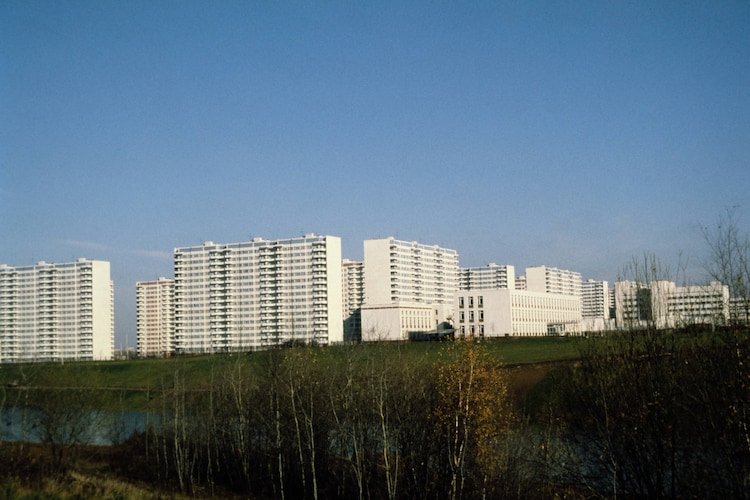
After the Games: The locals consequently moved into the recently established suburb, which is still called the “Olympic Village”.
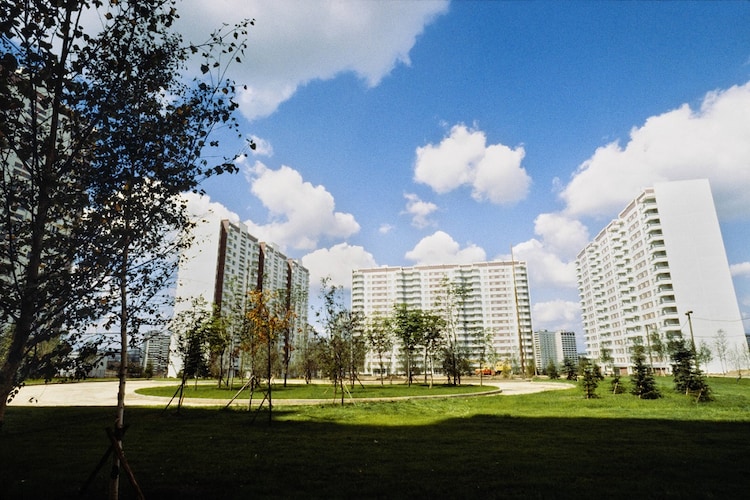
Los Angeles 1984: To minimize costs, the Organising Committee decided to utilize 2 university schools, the University of Southern California (USC) and the University of California Los Angeles (UCLA), as the primary Olympic Villages.
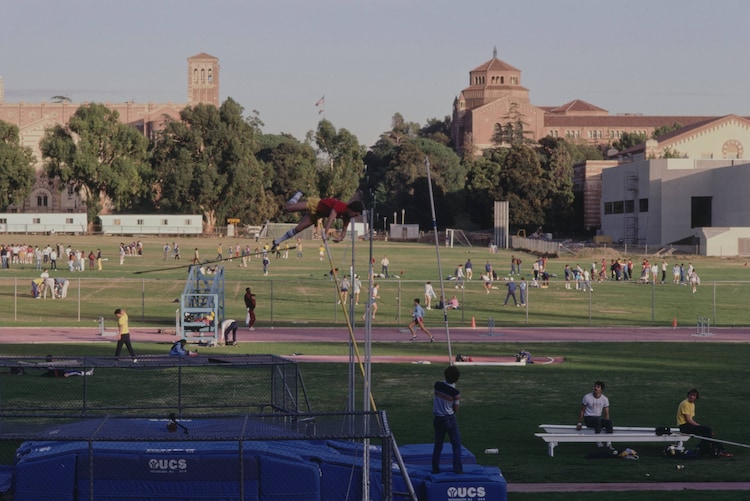
After the Games: After the Games, the short-term structures were gotten rid of, and the centers were gone back to trainees for the brand-new scholastic term. On the USC website, just a two-storey brick dining hall constructed for the Games stayed.
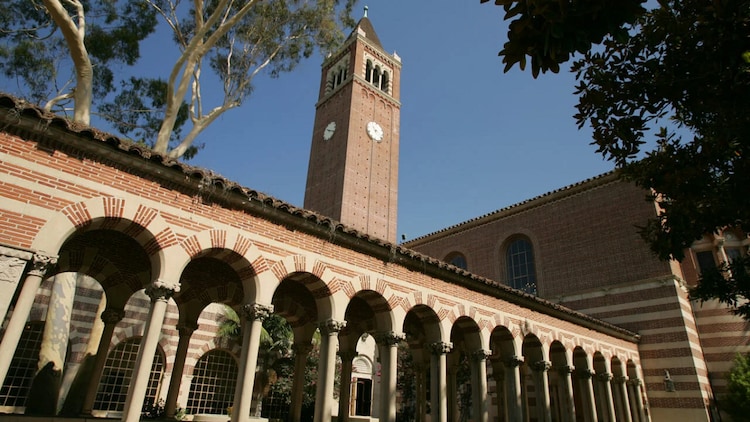
Seoul 1988: The Village, integrated in the Songpa-gu district of Seoul, was developed in a semi-circular shape that expanded into a fan. Building took 19 months and was finished on May 31, 1988.
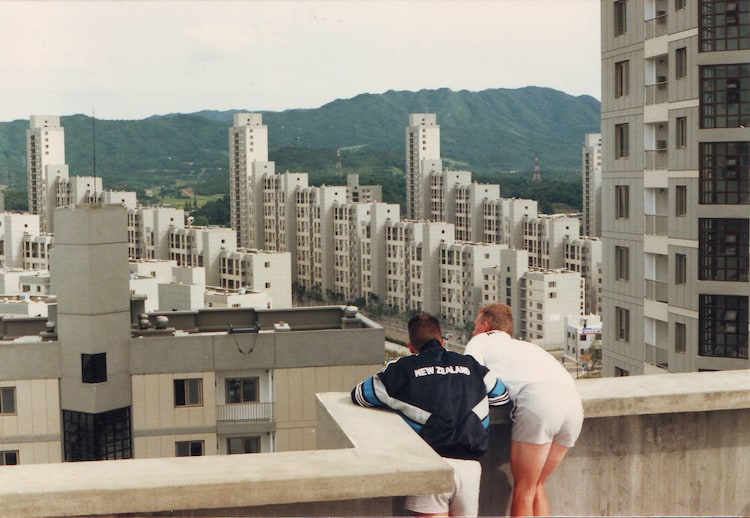
After the Games: The apartment or condos in the Olympic Village were refurbished and turned over to the city of Seoul at the end of December 1988 to be utilized as real estate.

Barcelona 1992: The Olympic Games stimulated a more comprehensive city restoration that consisted of establishing the Olympic Main Village. Working together with designers, the Organising Committee developed a brand-new house in Barcelona’s Sant Mart district for the professional athletes. This area was tactically near the city centre, competitors locations, and the sea. To make sure architectural variety and prevent uniformity, numerous designers added to the Village’ s style.
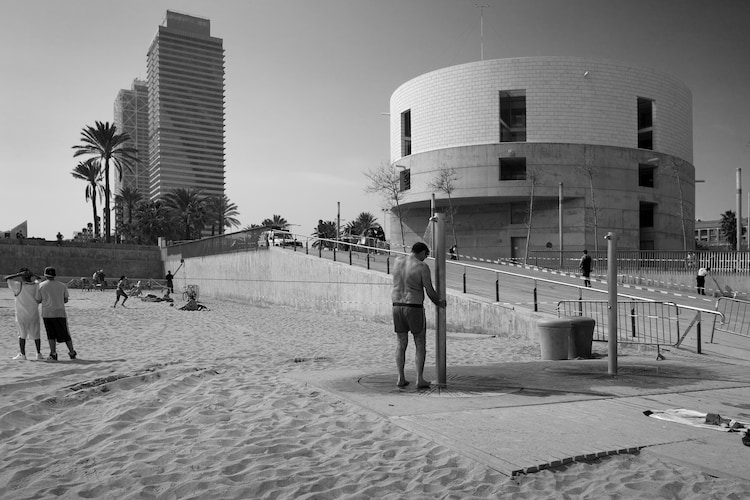
After the GamesThe seafront district was transformed into real estate and turned over to individuals of Barcelona. Today, it boasts hotels, bars, dining establishments, parks, and numerous public features.
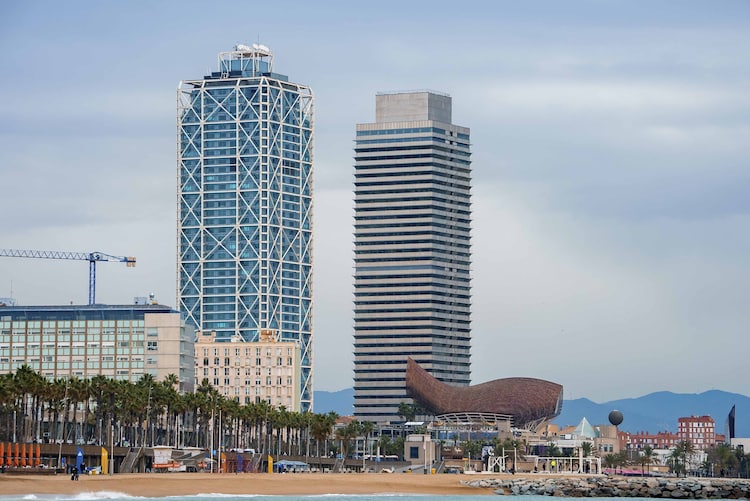
Atlanta 1996The organisers picked the Georgia Institute of Technology (Georgia Tech) as the place due to its existing features that completely matched their requirements. The website provided sufficient area for the building of brand-new irreversible structures important for the Games and school advancement.
The freshly constructed trainee houses harmoniously matched the existing architecture, while the initial halls went through a total restoration. Furthermore, the organisers developed Georgia Tech Plaza, a lively “ town centre including a water fountain, a conference point, and an amphitheatre.
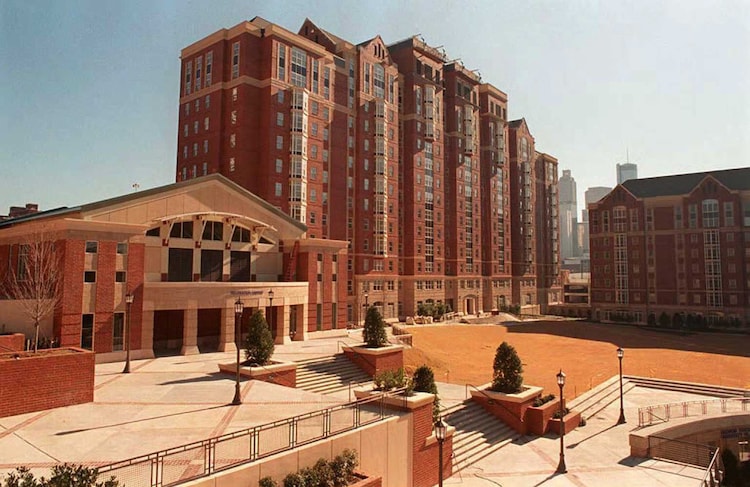
After the Games: After the Games, the school was restored to the university and its trainees. The extra lodging built for the occasion has actually given that served trainees at both Georgia Tech and the neighboring Georgia State University, supplying long lasting advantages to the scholastic neighborhood.

Sydney 2000: The Olympic Village was developed in Newington, about 20 km west of Sydney’s city centre. Ecological sustainability was a concern, so, whatever was prepared keeping this in mind.
Apart from the football competition, the Village acted as the sole lodging for the Games, using practical access to the primary locations within Olympic Park by foot. Even the farthest competitors websites were obtainable within 40 minutes. The majority of professional athletes were housed in twin-bed spaces.

After the Games: The brand-new apartment or condos and homes were offered or leased, changing the Olympic Village into a house for over 5,000 individuals. Some modular systems were repurposed into schools and nurseries to accommodate the requirements of the brand-new neighborhood.

Athens 2004: The Greek Social Housing Association (OEK) established a brand-new house at the foot of Mount Parnitha in Acharnes, 23 km north of Athens. This Village was meant to offer social real estate for over 10,000 individuals post-Games and was briefly lent to the Organising Committee to accommodate professional athletes.
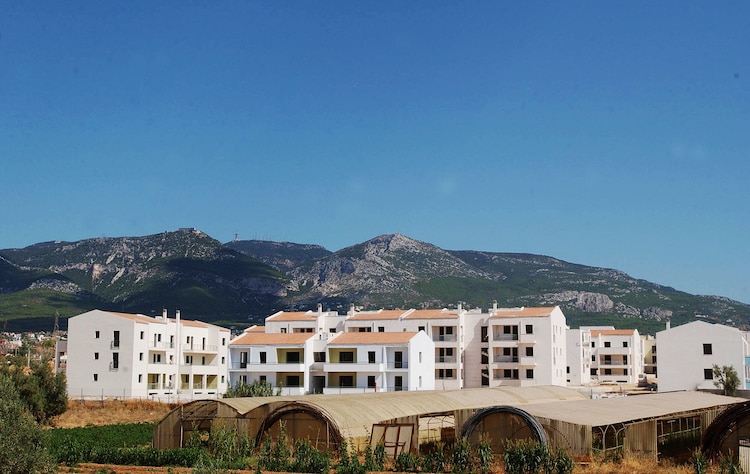
After the Games: Lots of households went into a draw for an opportunity to protect among the homes in this brand-new area. The organized service facilities, consisting of main and secondary schools and a medical facility, was never ever constructed, and regional stores have actually because closed. Today, the previous Olympic Village is under-occupied and has actually not fulfilled the preliminary advancement objectives as prepared.
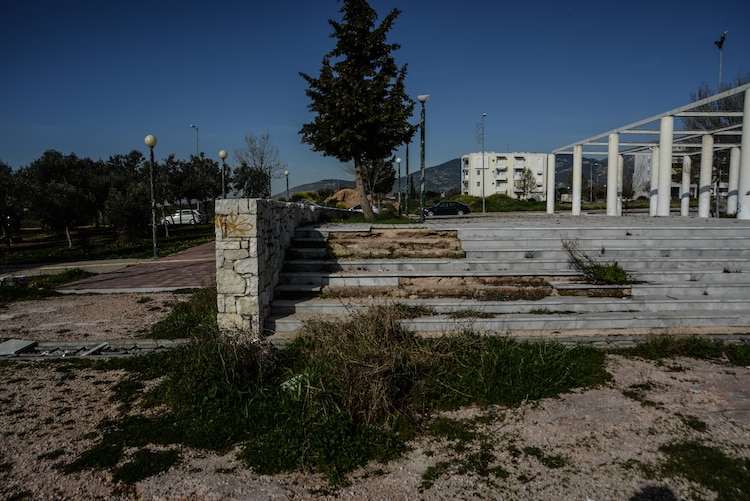
London 2012: Found nearby to the Olympic Park in Stratford, the Village was a crucial element in the city’s regrowth driven by the Games.
Its style, including structures set up around inner yards, admired London’s architectural heritage. The compact design and the participation of numerous designers produced a varied series of architectural designs.
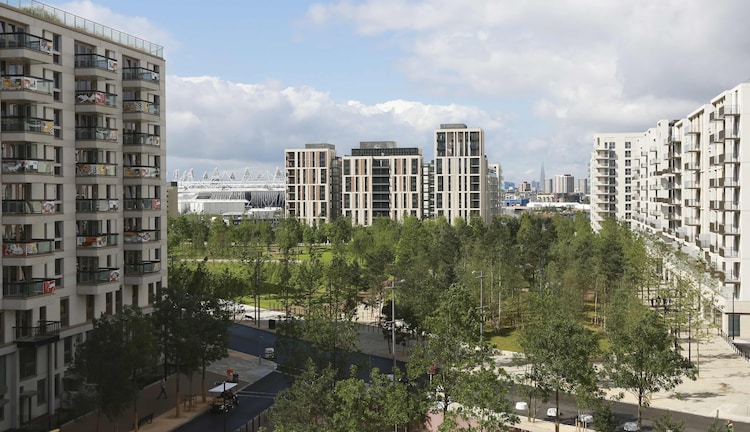
After the Games: The change of the Village into a lively house with outstanding connection sticks out as one of the highlights of the London Games. Renamed East Village, it includes stores, cafés, dining establishments, leisure areas, and the Chobham Academy School. The polyclinic from the Games has actually been repurposed as a health centre for the regional neighborhood and is called after Sir Ludwig Guttmann, the creator of the Paralympic Games.
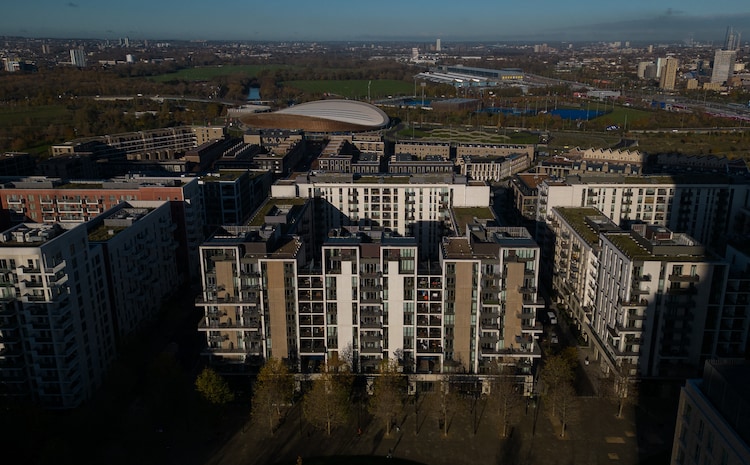
Rio 2016The Olympic Village, situated on the coast at Barra—– among Rio’s 4 Games websites—– made up 31 structures spread out throughout 7 sectors. Created for density, it offered detailed area services to its homeowners. Secret areas within the Village were linked by an internal shuttle bus service, and automobile gain access to was limited to boost citizens’ convenience.
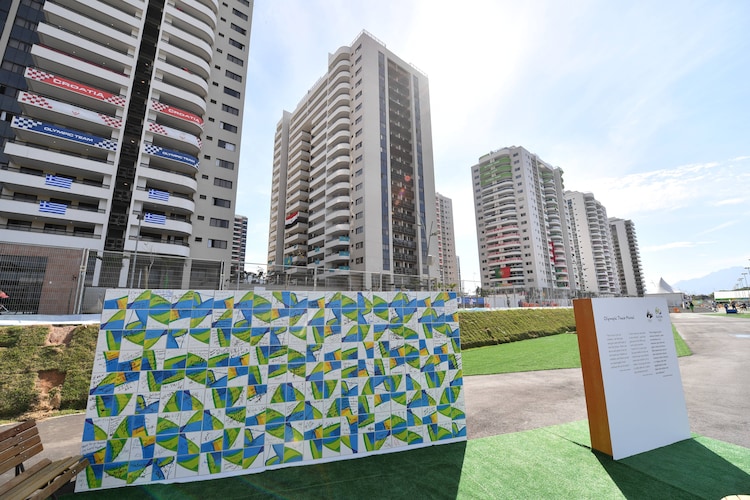
After the Games: The previous Olympic Village is being changed into a public park developed to serve regional neighborhoods. The brand-new park will include 465 tables and seats, sports courts, squares, a skate park, play areas, gymnastics devices, and bike racks. It will likewise be landscaped with over 900 trees and 16,000 shrubs throughout its 36,000 square metres.
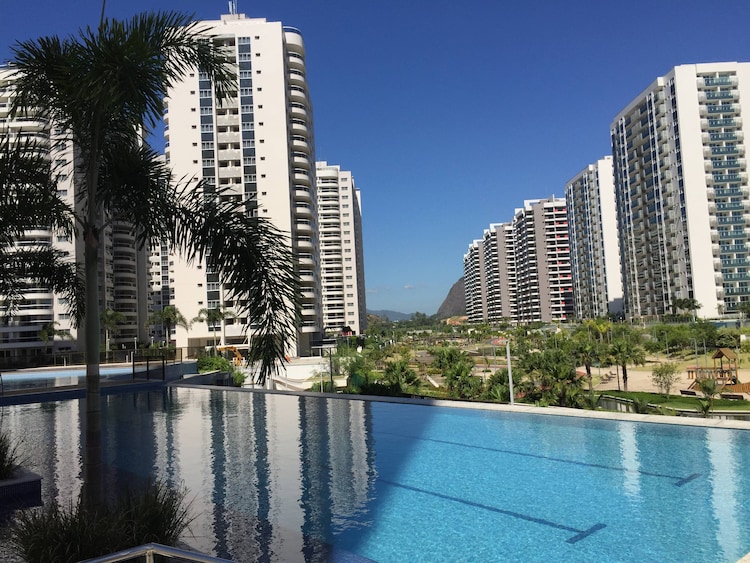
Tokyo 2020Initially, the occasion was arranged for July 24 to August 9, 2020, the Tokyo Olympics were delayed to 2021 on March 24, 2020, due to the worldwide Covid-19 pandemic. This marked the very first circumstances in Olympic history where the video games were rescheduled instead of cancelled.
In spite of the hold-up, the occasion maintained the “Tokyo 2020” branding for marketing functions. The video games were held without public viewers due to a state of emergency situation stated in the Greater Tokyo Area in action to the pandemic. It was the only Olympic Games to be carried out without main viewers.
The professional athletes were accommodated in the Olympic Village, situated in Harumi, an island district of ChÅë& ë in main Tokyo. It included 21 domestic structures with over 5,000 systems. Furthermore, there were 2 satellite villagesone in Saitama for track biking and another in Enoshima for cruising.
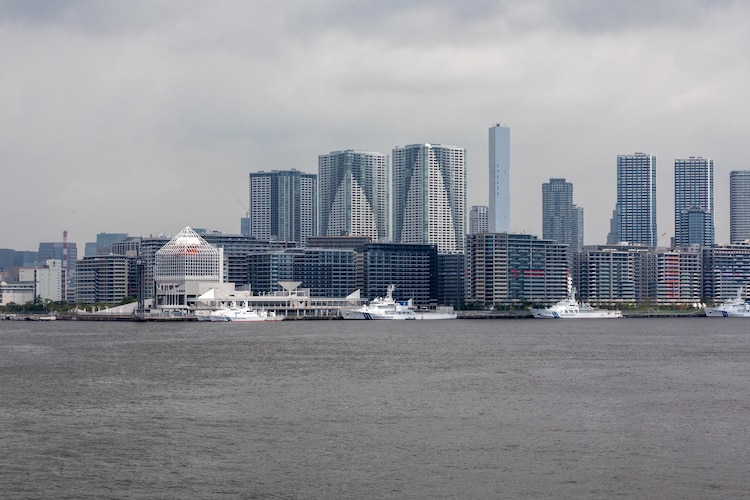
After the Games: The Harumi Flag domestic complex, initially the Athletes’ Village for the 2020 Tokyo Olympics and Paralympics, lies in Chuo Ward. It supposedly started inviting brand-new citizens in January.
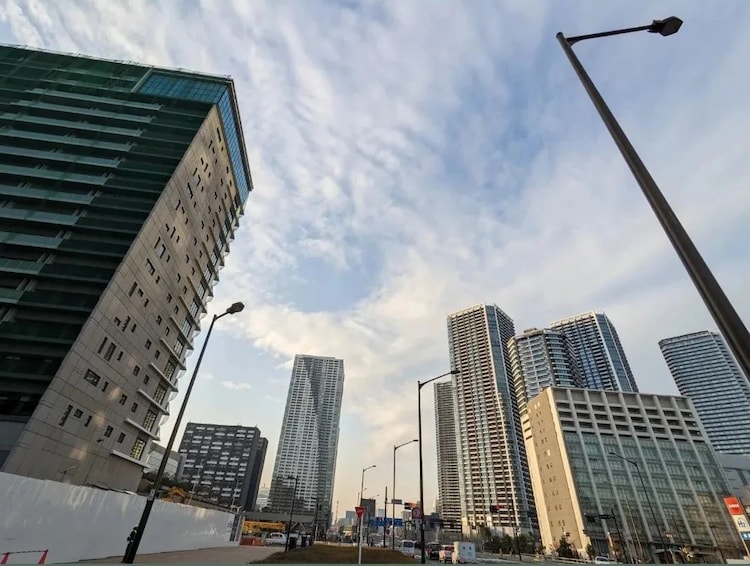
Paris 2024: A century later on, Olympics 2024 is being hosted in Paris once again. The Aquatics Centre and the Paris 2024 Olympic Village have actually been built in the northeastern residential areas of Paris, a location understood for a few of the city’s most under-invested areas.
After this year’s Olympic Games, the Olympic Village is set to be changed into a mixed-use advancement. The extensive complex, including 82 structures, will accommodate 6,000 workplace employees and use real estate for an extra 6,000 citizens following the conclusion of the Paralympics on September 8.
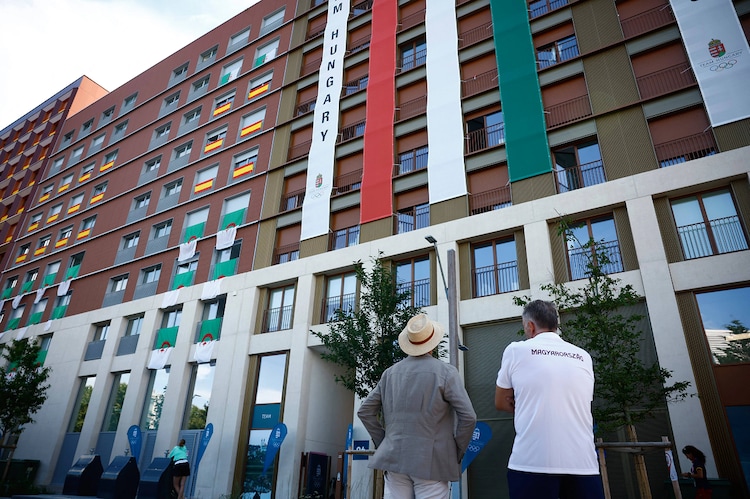
** All the info utilized in the post has actually been sourced from stillmed.olympic.org



